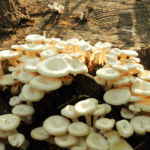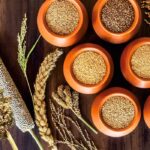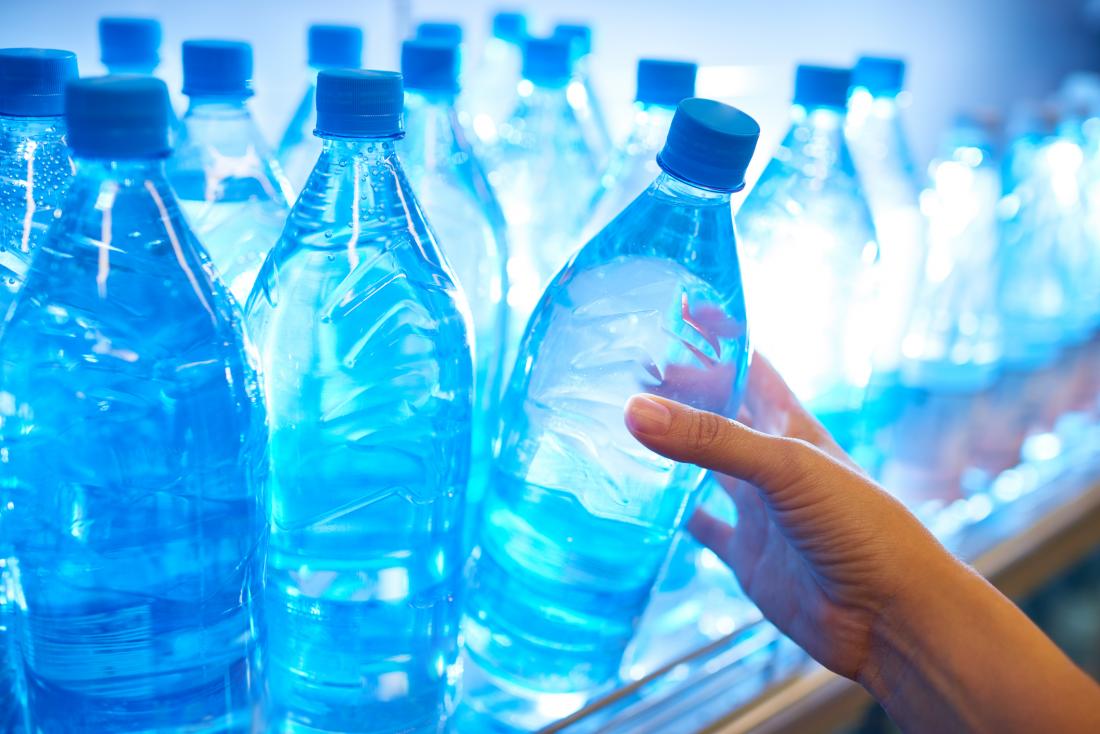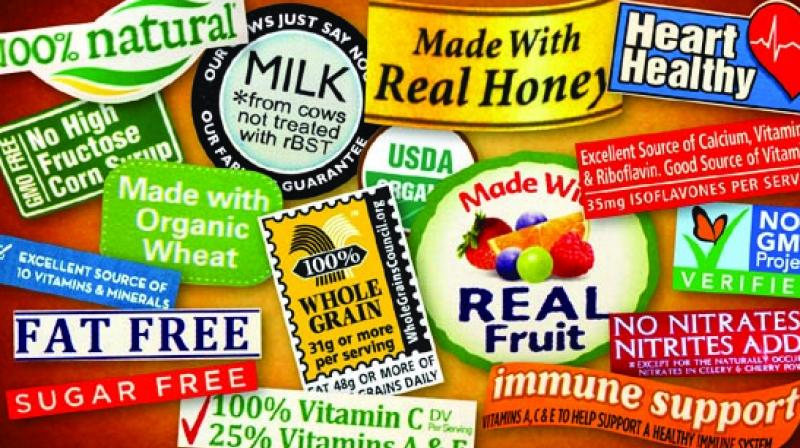Food is one of the basic necessities of human life and provides the energy and nutrients people need to grow and develop, gain strength, and work productively. The food choices we make every day significantly influence our lives. While certain foods may trigger chronic health conditions like obesity, diabetes, cardiovascular disease, cancer, others offer strong medicinal and protective qualities.
With the spread of fast-food outlets and more sedentary lifestyles, the prevalence of diabetes in India is rising alarmingly. India has more people with type 2 diabetes than any other nation.
So what role does food play in increasing or decreasing the risk of diabetes?
Carbohydrates have a powerful impact on your blood sugar levels more than fats and proteins. Foods high in glycemic index (GI) such as cakes, cookies, chips, fries boost the blood sugar rapidly. Simple carbohydrates such as refined grains, sugar, sweets and sweetened beverages like sweet teas, sodas are linked to an increased risk of type 2 diabetes.
It is better to reduce the carbs in your food, but if you must eat pick foods that are high on soluble and insoluble dietary fiber, vitamins and minerals, and low in added sugars, fats, and sodium. Picking food sources low in glycemic index such as raw carrots, kidney beans, chickpeas, lentils, nuts, bran breakfast cereals (oat bran, rolled oatmeal, steel-cut oatmeal) will have less effect on blood sugar. Go for complex carbohydrates such as whole grains (brown rice, wild rice), quinoa and barley, as they are digested more slowly, preventing the body from producing too much insulin. Avoid trans-fats as much as possible, and restrict the intake of total fat to less than 25% and saturated fat to less than 7% of total calorie intake from fats. Avoid deep-frying or shallow-frying, instead roast, broil, grill, steam or bake your food.
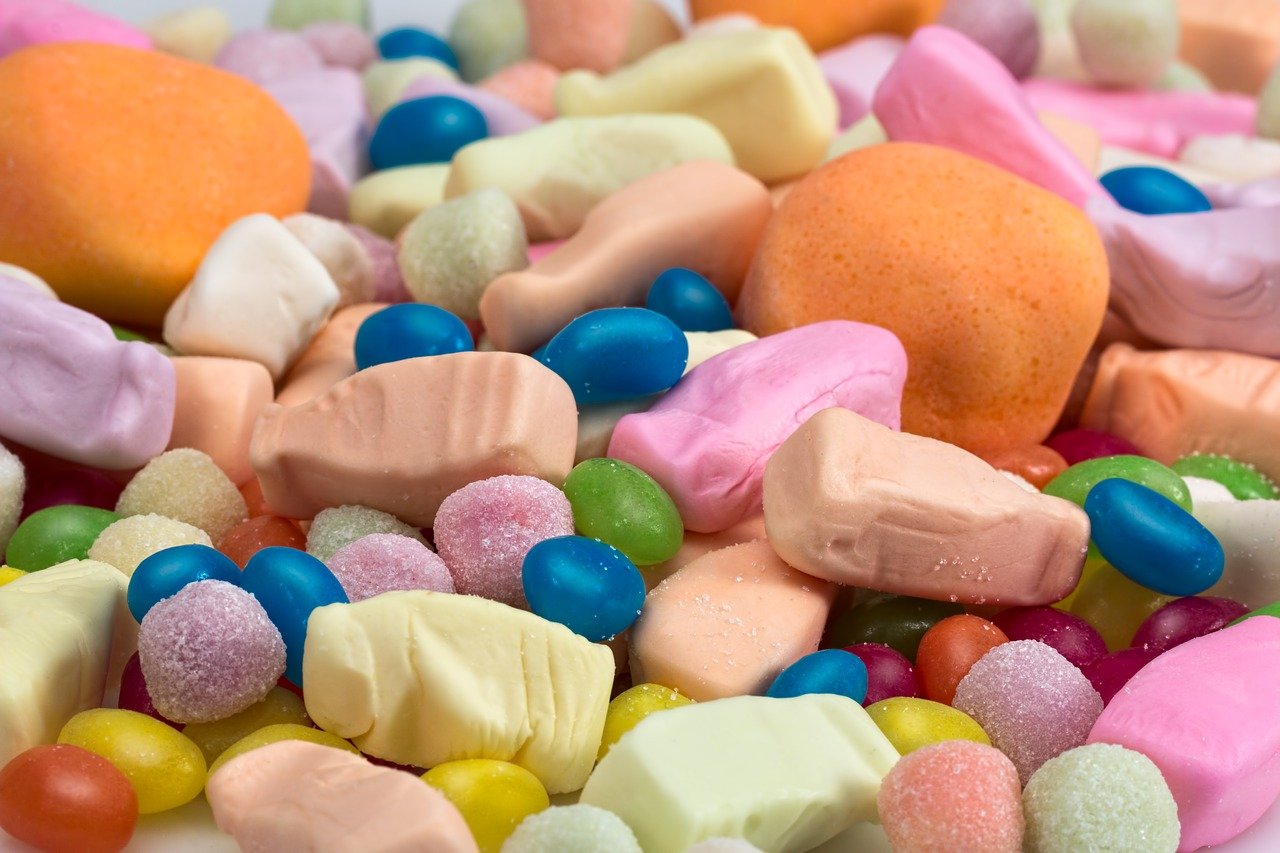
Reducing the sugar in the diet bit by bit gives your taste buds time to adjust and will reduce your cravings for sweets. Eating sweets in moderation is the key. Eat them along with other healthy foods as part of the meal, as it won’t cause the blood sugar to rise quickly, when compared to eating sweets as a stand-alone snack.
Unhealthy saturated fats found in butter, full-fat milk, cheese, fatty cuts of meat and trans-fats found in packaged baked goods and fried foods can increase cholesterol levels in the blood which is a risk factor for type 2 diabetes.
Consume healthy fats (unsaturated fats) that are found in oily fish and plant sources such as olive oil, sunflower oil, safflower oil, nuts and avocados.
How do I reduce unhealthy fats and add healthy fats to my diet?
- Instead of chips or fries, snack on nuts or seeds. Nut butters can also be very satisfying.
- Dress salads, cooked vegetables, or pasta dishes using extra-virgin olive oil.
- Add avocados to sandwiches and salads or make guacamole. They give a feeling of satiety and satisfying meal along with being loaded with healthy fats.
- Red meat and processed red meat are both associated with type 2 diabetes. Processed meats like Ham, Sausage, Hot dogs, Bacon, Deli meats are particularly bad because of their high levels of sodium and nitrites. Vary your diet with skinless chicken, eggs, fish, and vegetarian sources of protein instead of just red meat.
- Prepare more meals at home than buying packaged or processed foods.
- Consume a salad or sprouted whole gram or un-strained vegetable soup before having any main course.
Healthy eating can help you keep your diabetes under control. Therefore, pay attention to your food choices and include:
- Fresh fruits and vegetables – Whole fruit rather than juices
- Whole grain cereals and millets, dal, pulses and legumes (Beans, Lentils, Chickpeas)
- Handful of nuts (Almonds, Walnuts, Pistachios, Cashews)
- Seeds (Flax seeds, Chia seeds, Pumpkin seeds)
- Protein rich foods (Egg white, fish and skinless poultry)
- Low-fat milk and milk products like curd, buttermilk and cottage cheese
- Heart-healthy fats (Olive oil, Sesame oil, Avocados)
- Beverages (Water, Black coffee, Unsweetened tea, Vegetable juice)
Exclude:
- Refined flours, Bakery products (Biscuits, White bread, Waffles)
- Smoked, Processed or Cured meats, Fried chicken, Fried fish
- Full-fat dairy (Whole milk, Butter, Cheese, Sour cream)
- Sweets (Candy, Cookies, Baked goods, Ice-cream, Desserts)
- Sugar-sweetened beverages (Juice, Soda, Sweet tea, Sports drinks) and Carbonated beverages
- Sweeteners (Brown sugar, Honey, Maple syrup, Molasses)
- Palm oil, Margarine, Vanaspati
- Packaged and fast foods, especially high in sugar and salt

Dr. Isaac Eliaz, Medical Director of Amitabha Medical Clinic in California says, “Diet is of primary importance. If someone wants to reduce their risk of getting type 2 diabetes, dietary changes have to be a part of the strategy, together with exercise and stress management.”
Moderate physical activity/yoga will help ease stress, relieve anxiety, promote relaxation and improve physical and mental well-being. Walking for 30 minutes a day can be an easy way to start exercising.
In 2000, India (31.7 million) topped the world with the highest number of people with diabetes mellitus followed by China (20.8 million) and the United States (17.7 million) in second and third place respectively. The prevalence of diabetes is predicted to double worldwide from 171 million to 366 million (2000 to 2030) with India having the highest numbers. It is predicted that by 2030 diabetes mellitus may affect up to 79.4 million people in India, while China (42.3 million) and the United States (30.3 million) will also see remarkable increase in those affected by the disease. ( )
Diabetes being a life-threatening disease must be regularly monitored and can be effectively reduced with proper diet, medication and by adapting to a healthy lifestyle. This World Diabetes Day let us raise awareness of diabetes as a public health issue and spread the word on enhancing the prevention, diagnosis, and management of diabetes to prevent complications and improve the quality of life of diabetics.

Author: Alida Tina Peres, is an Associate Consultant at Food Safety Works. In addition to food safety, her interests include nutrition and functional foods. She also works with schools and educational institutions to improve the awareness around food safety and hygiene.


